The experts have killed cold calling, pronouncing it dead, put on ice, and gone the way of the dinosaur. But the truth of the matter is that while cold calling may not be as effective as it once was, many companies still consider it a vital part of the sales lifecycle.
So even though cold call success rates are low, sitting somewhere between 1 and 2 percent, they’re nonetheless still delivering at some level. And that means that rather than write off sales calls to unknowing prospects as completely spammy and irrelevant, you should investigate how to make cold calling more efficient and effective.
Here’s how you can make the most out of dialing for dollars and start scheduling the critical meetings that can lead to big business.
Get your hands on a qualified contact list
A landmark study by Baylor University’s Keller Center for Research found that, hands down, the worst part of cold calling is trudging through the non-working numbers and no answers all too common to unqualified lists. This not only feels incredibly discouraging to salespeople; it also wastes valuable time.
If you have to rent or buy a list of prospects from a third-party telemarketing list broker, do your best to vet their database and qualify contacts in some way. Find out when the list was last updated, whether the demographics and psychographics align with your target audience, and if they have segments based on company size, industry, etc.
The best-case scenario is to find a vendor with a cohort of prospects who have expressed some level of interest in what you’re selling. And if you really want to take it to the next level, sync up with your marketing team to reach out to leads generated via content, social, and referral campaigns.
Leverage technology to save critical time and energy
Technology has transformed the sales and marketing world — cold calling included. Today there are hundreds of platforms, applications, and software solutions that promise to boost performance or make the cold calling process faster and easier.
While automating every part of your effort may not necessarily result in more meetings or closed sales, leveraging technology to make your cold calling more efficient and effective is undoubtedly helpful. Here are three service providers that can make dialing for dollars simpler and less tedious:
- Jotform. This easy-to-use online form builder makes it easy to capture leads via a website so you don’t have to rely on clunky and ineffective purchased or rented lists. Don’t worry about looping in your developer; anyone can use Jotform’s technology to embed forms in a flash.
- Callingly. This game-changing system integrates with landing pages, web forms (including Jotform), and customer relationship management platforms to make reaching out to leads instant and efficient. As soon as a lead is generated, Callingly will automatically connect a salesperson with that prospect, doing the dialing and the call data-collection for the team.
- PhoneBurner. This power dialer is all about increasing productivity without sacrificing effectiveness. In a nutshell, it dials your prospects for you, allows you to seamlessly leave voicemails while moving on to the next call, and logs call statistics so you can build a better picture of performance.
Build a brilliant cold calling script
There’s nothing less effective than a cold call that’s a hot mess because a salesperson has decided to hit the lines with an off-the-cuff approach and no guidelines.
A cold calling script is essential to empowering representatives to deliver your messaging in the best possible way. The script should instill confidence, and reps should be able to refine it in a measurable manner to make calls more successful and efficient.
While there are a number of different approaches to building a cold calling script that can convert prospects, generally speaking, here are the key components to a strong template:
- Intro
- Value statement that speaks to prospect needs
- Questions to ask the prospect
- Closing statement about next steps
The best salespeople won’t follow the script word for word, but they’ll understand that conducting calls with a certain structure as well as energy and enthusiasm can go a long way.
Know the best time to cold call
Timing is everything, and when it comes to cold calling, this old saying holds especially true. According to the same Baylor study referred to previously, the chunk of time between 10 a.m. and 2 p.m. is the most effective time of day to make cold calls, while the period after 5 p.m. is the worst (no one likes to get a call during dinner).
Similarly, weekday calls outperform weekend calls, with the Lead Response Management Survey reporting that Wednesday and Thursday, specifically, are the best days to call.
Stay motivated — don’t fall victim to call reluctance
The salesperson version of writer’s block, call reluctance, is an emotional hesitation that means you’re procrastinating when you should be prospecting. This common but career-damaging anxiety can completely undermine performance, with The Psychology of Sales Call Reluctance even reporting that it’s responsible for 80 percent of new salespeople failures.
To overcome call reluctance and stay productive and effective, the first step is simply acknowledging that you’re dealing with a call reluctance problem. According to call reluctance expert Connie Kadansky, naming the negative beliefs will allow you to change your attitude and stop fearing the uncertainty around cold calling. You may even start to get curious about what could come from an interaction with a prospect.
Similarly, careful preparation can give you the confidence you need to stop sweating and simply pick up that phone to convert your contacts.
Measure and refine
If you can’t measure it, you can’t improve it. An integral part of effective cold calling is identifying metrics for success, tracking performance, and experimenting with different techniques to get the results you want.
For cold calling, some data points worth paying attention to are how many calls you’re making in one day, how many people you made contact with, and how many of the people you contacted converted to the next step in the sales process. You may also want to note call time, as it’s been shown that longer calls tend to convert better.
Once you’ve gathered the numbers, you can identify areas of opportunity. For example, perhaps you’re not reaching enough prospects, in which case you’d want to focus on working from a better call list. Alternatively, if you’re getting decision makers on the line but failing to convince them to schedule a meeting or demo, it might be time to rejig your call script and your pitch. Try a different opening, do more research on your prospects’ needs, etc.
And overall, ask for the support and mentorship you need to keep moving forward, learning, and improving.




































































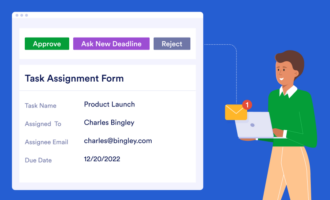









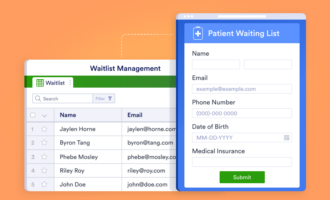









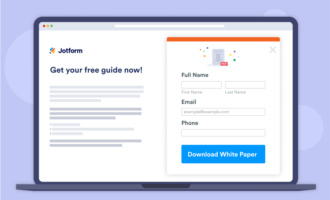
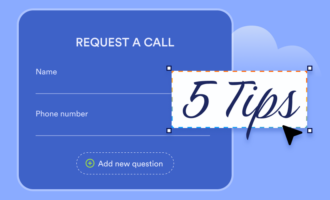







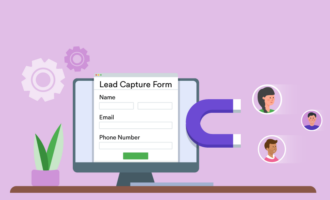


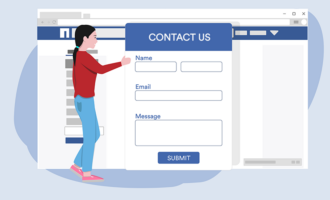





Send Comment:
2 Comments:
More than a year ago
Great article! Thank you for sharing these cold calling tips, very helpful! Happy to see that certain articles such as this still exist that believe in how cold calling helps in a business. Hoping that corporations will always give it a shot because it helps a lot. To do it for you, you need to find cold calling professionals. To do it for you, you just need to find cold calling specialists .
More than a year ago
Good tips! Happy to see that certain articles such as this still exist that believe in how cold calling helps in a business. Hoping that corporations will always give it a shot because it helps a lot. To do it for you, you need to find cold calling professionals.To do it for you, you just need to find cold calling specialists .